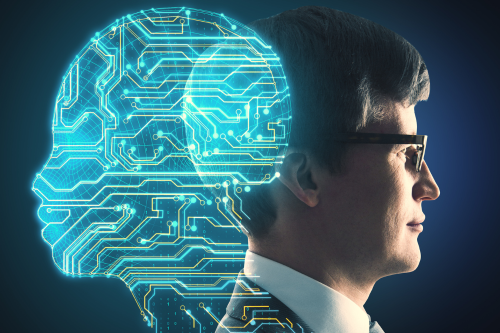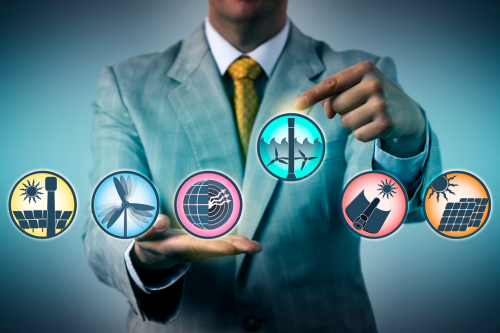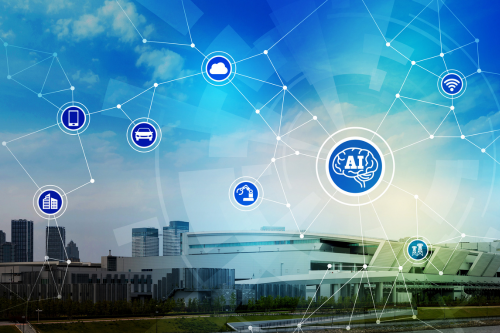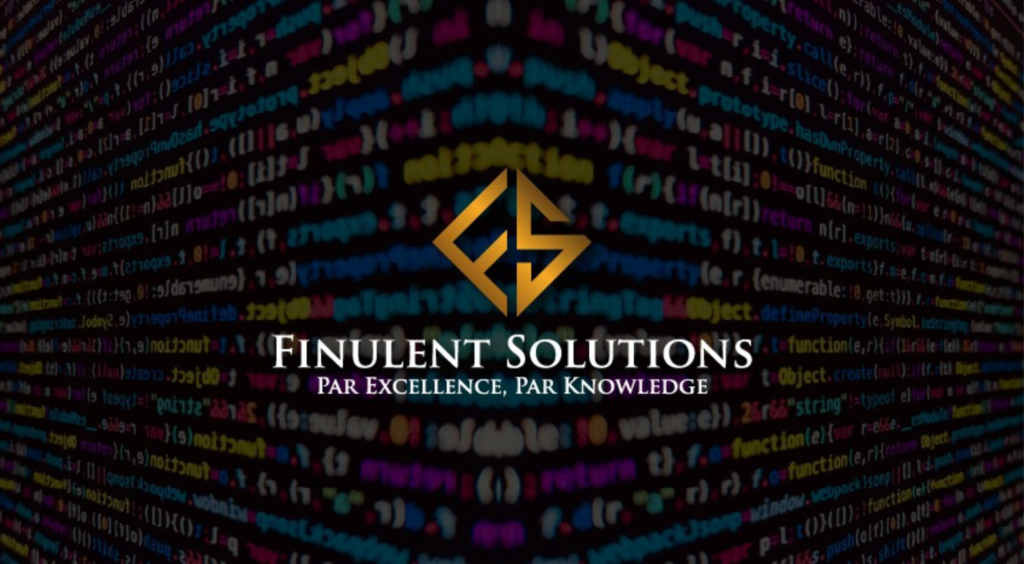Over the last decade, developed countries have shifted their focus to utilizing renewable energy to its fullest. Artificial Intelligence (AI) and Machine Learning (ML) have made this process easier, as they have the capability to transform the renewable energy industry. They are efficient in predicting better forecasts, scheduling maintenance, and managing the grid. Using technology is the key to advancing in the renewable energy industry. Before we dive deeper into how AI and ML are used in renewable energy, let’s understand the difference between the two.
What are AI and ML?

Artificial intelligence and machine learning are closely related, but they are not the same. AI is the computer system’s capability to imitate human cognitive functions like problem-solving and learning. With the support of AI, the computer can use math and logic to duplicate the systems humans use to make decisions and learn new information.
Machine learning, on the other hand, is an application of AI that uses mathematical models of data, allowing the computer to learn without direct instruction. This enables the systems to constantly learn based on experience.
In simple terms, an intelligent computer system uses AI to think and perform as humans do. ML is how these systems develop intelligence.
AI and ML are Game Changers for Renewable Energy
Incorporating AI and ML deeper into the renewable energy industry will connect what customers want with a variety of options and market conditions for supplying energy services. Machine learning is ideal for making fine-grained determinations of what customers want and then adjusting energy purchasing decisions. AI and ML can enhance many services offered today, such as making renewable electric supplies more reliable and adjusting power purchasing decisions.
Artificial Intelligence And Machine Learning in Renewable Energy

Grid management
Grid management refers to the process of controlling and overseeing the operations of an electrical grid. This involves monitoring, regulating, and optimizing the generation, transmission, and distribution of electricity to provide reliable delivery to consumers. AI and ML can make this process easier by using data analytics to predict energy consumption in households. This prediction is based on the specific time of year and also takes the previous years’ data into account.
This process informs power companies about how much energy will be required in the upcoming days. In doing so, companies can manage their grids without any outages. If the consumption will be high, they can increase energy production. If the consumption will be low, they can lower production. This helps reduce power wastage.
Forecasting

Before harnessing AI, forecasting techniques relied on individual weather models, which gave a narrow view of the variables that affect the availability of renewable energy. Since renewable energy is dependent on nature, such as sunlight, air force, water, etc., which are outside of human control, AI and ML can help overcome this by being reliable tools for forecasting weather.
Using wind speed, irradiance forecasts, current weather, and historical weather data, artificial intelligence and machine learning can predict short-term renewable power output in minutes instead of days.
For example, if the forecast is good, companies use renewable energy and store it. If the forecast is bad, they manage the load accordingly. This helps maintain grid stability and dispatching, optimize plant availability, and schedule maintenance.
Maintenance
To run the entire grid system effectively, maintenance is an important aspect. AI and ML can make this process quicker and more efficient, as they can predict the systems that need fixing. This can also help consumers be notified about upcoming maintenance in the grid by power companies. Scheduled maintenance allows consumers to prepare for forthcoming power cuts.
Additionally, AI can streamline the process of grid maintenance by providing better control over energy consumption and optimization of energy resources. It can also reduce the cost associated with manual labor, optimize energy distribution, detect faults, and monitor the performance of the grid. AI and Ml are becoming important tools for the maintenance of the power grid.
Conclusion
AI and ML can reshape the renewable energy industry in the upcoming years. The improving technology will have a significant impact on companies and consumers alike. Moreover, power companies will have better tools for grid management, forecasting, and scheduling maintenance.
Once these systems are in place, AI technology can create reliable and cost-effective systems, which will reduce energy waste. They are also used for real-time monitoring of the grid components, allowing us to identify problems before they arise.
To learn more about the renewable sector, read our blogs and stay up to date with industry news.
Feel free to get in touch with us to learn more about the solar and EV industry!

